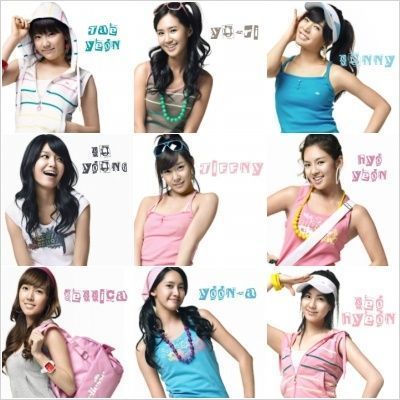In the Arab Islamic culture, relations are treated as a sensitive and a fragile subject. Between family members, friends, coworkers or even strangers, it’s all influenced by the Arabic authentic ethics and Islamic teachings which are called “Sharia”.
Men and Women have their own do’s and don’ts in how to deal with each other and how to respect their Arab ethical and Islamic teachings through what is stated in “Sharia”. Men are not supposed to interact directly or in close relation with women unless it doesn’t contradict with their society over whole life rules and their religious beliefs and boundaries.
As an expatriate, you need to always learn about different aspects of Islamic and Arab relations and social life and avoid misdealing or misbehaving while trying to bridge a friendly relation with any Arab person. It doesn’t mean that you should dissocialize or keep yourself isolated, but to alwaysconsider cultural differences and respect the religious impact on Muslim people.
Marriage for example, is one of the most important relations that have a lot to learn about in the Middle East. Whether among the Arab people themselves or between different people of different countries and backgrounds living in UAE, marriage has lot of aspects that needs to be learned specially in UAE.
Marriages between people of different nationalities and religions are common in the UAE, whose residents come from about 200 countries. The authorities in my country have simplified the procedures to facilitate people to get married.
Expatriates planning to get married in the UAE have a number of options depending on their religion and nationality.
To marry before a “ Sharia” court in the UAE, the man must be a Muslim and the woman can be Christian, Muslim, Jewish or from any other religion.
A Muslim woman cannot marry a non-Muslim in the country.
If the expatriates who are planning to get married are not Muslim and are from different nationalities, they have to contact the consulate or the embassy of the country of origin of either the man or the woman, depending on where they are planning to register their marriage.
Even if a couple marries at the court, the church or the temple here, they need to register their marriage in their country.
They can do so by filling forms at the consulate or embassy of either spouse, depending on their choice. They have to be present in person at the consulate or embassy.
The man and woman have to submit at the consulate or embassy copies of their passports with valid residence visas along with the copies of their application.
Those who are on visit visas cannot get married here.
Missions of different countries have different requirements for getting the marriage registered.
Each spouse must produce original or legalized birth certificates, certificate of marital status, if divorced, single or widowed. If the spouse was divorced in the UAE, he or she must submit an authorized copy from the court in the UAE which mentions the exact date of divorce.
In case of being widowed an authorized copy of the death certificate of the former spouse is needed from the court here.
Or if that happened back in their home country such document can be obtained from their home countries and should be attested by the foreign ministry, and the UAE embassy in the home country



